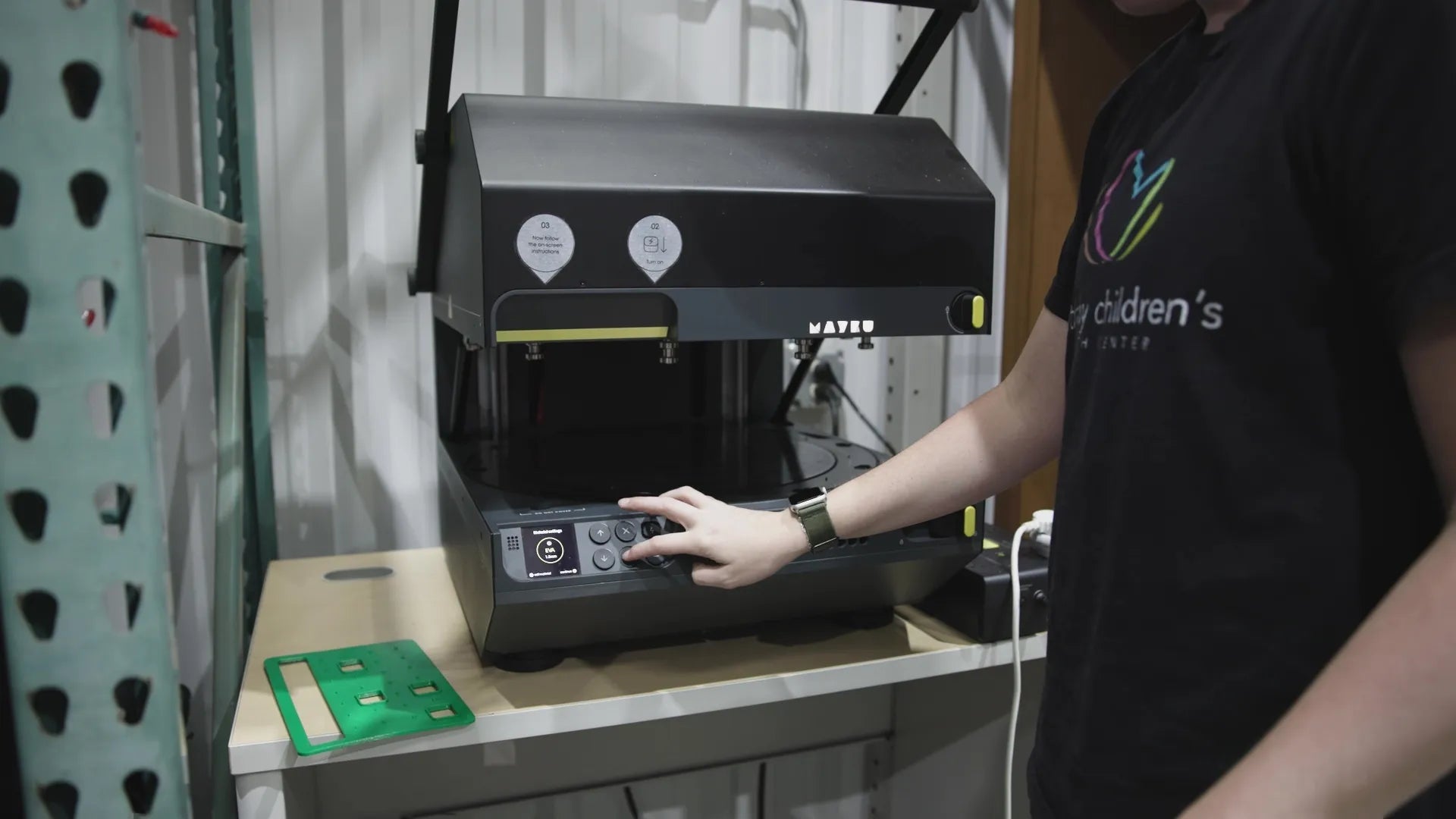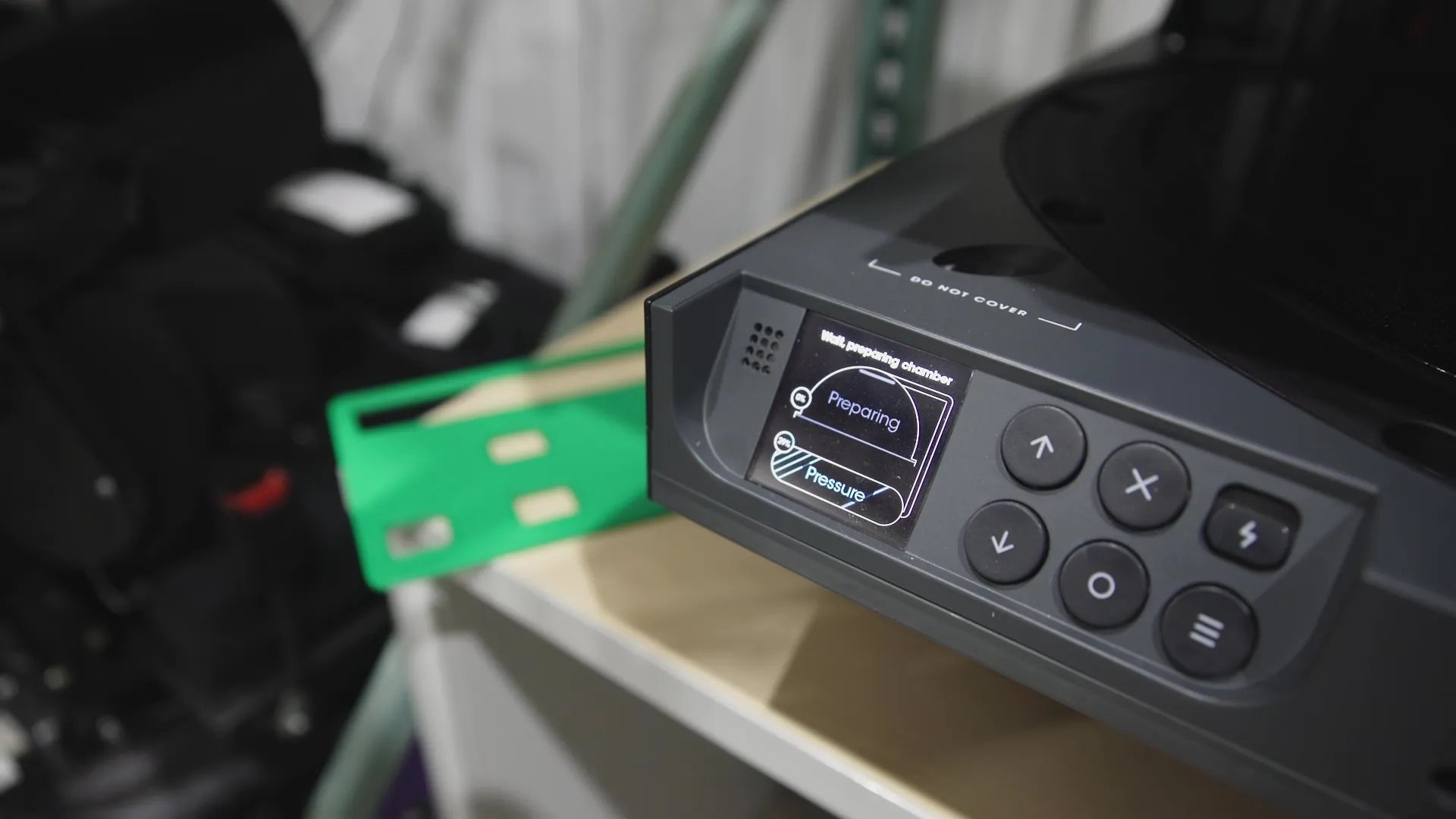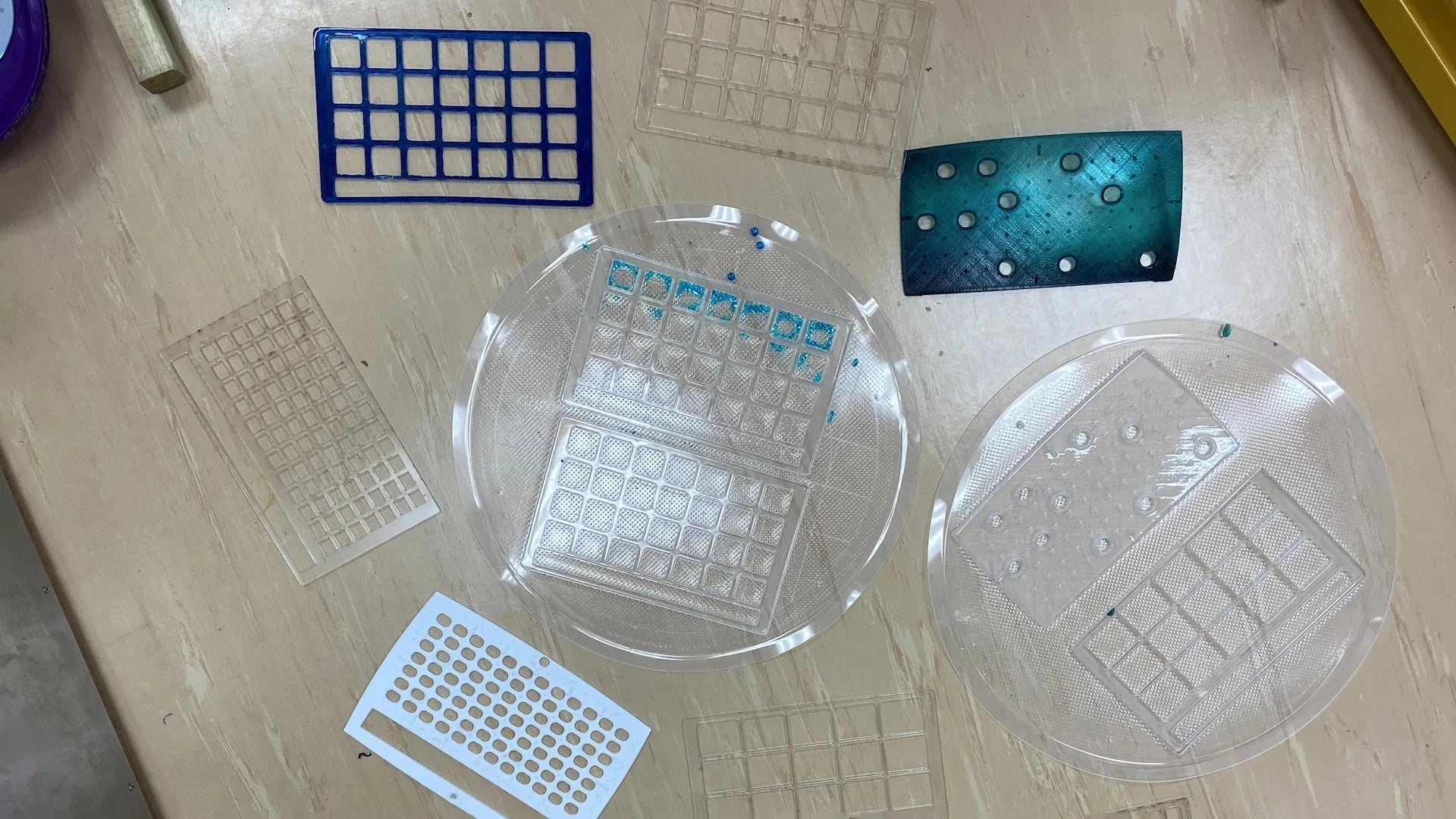Bethany Children's Health Center in Bethany, Oklahoma, cares for children with complex medical needs, working to help them live more independently and comfortably. Meeting each child's unique needs with affordable, customized solutions is a constant challenge – especially as demand for this kind of technology continues to grow.
Every child is different, and most off-the-shelf assistive tech is either too expensive or not quite right for the individual. That’s why the team focuses on finding new ways to create solutions that truly work – and that families can afford.
Watch the case study:
Challenges
Cathryn Tamney, Assistive Technology Specialist, is part of a team dedicated to building and adapting devices that meet the unique needs of each child. “Assistive devices are just so expensive. It’s insane how much companies charge for simple devices that most of our patients use every day,” she says.

Modifying toys by adding external components or switches lets children with special needs interact, play, and enjoy them in a way that works for their abilities
Because commercial options are often overpriced and rarely a perfect fit, the team uses in-house tools like 3D printing and molding. This approach gives them the freedom to create exactly what’s needed – without the high cost of commercial solutions. By creating assistive devices on site, the team can respond quickly, adjust on the fly, and focus on what actually works for the children they support. That means no long waits – kids get what they need, when they need it. Sometimes, that’s the difference between being stuck in bed for a weekend or just a day. It also allows for real customization, so the solution fits the child – not the other way around. And because it all happens in-house, even one-off parts stay affordable.

Making custom items for children with special needs often takes trial and error. On-site manufacturing gives the team the flexibility to test, tweak, and remake quickly – sometimes making the difference between a quick fix or a day stuck in bed for a child who depends on that device
3D printing is especially useful for producing one-off items – things like buttons or modifications for toys, iPads, and other devices that help children interact and play. It also allows the team to make quick changes when needed. If a therapist suggests a tweak, it can often be ready within an hour – no long waits, no weekends stuck in bed. The team can sort it right there.

Designs can be tweaked and customized to the needs of the user…

...and custom items 3D printed in a matter of hours – instead of days
But one drawback of 3D printing these items is surface finish. Prints can come out rough or with small imperfections, which is a problem for kids who are sensitive to touch or have sensory aversions. Some printed parts can also be brittle, especially when used heavily or in high-stress areas. And while it’s great for prototyping, it’s not always the best choice for final parts that need to be smooth, durable, and ready for daily use.
Solutions
This is where the Multiplier has become a key tool for the team. Pressure forming solves some of the biggest issues with 3D printing, offering a more reliable way to produce assistive devices that are comfortable, durable, and tailored to each child.

Pressure forming 3D printed items creates a smooth, touch-friendly surface – and makes it easy to quickly replicate parts without waiting for another print to finish.

A typical workflow looks like this: First, a tool is 3D printed. It’s then formed using the Multiplier, creating a smooth surface that’s easy for patients to touch and use.
Through a combination of 3D printing, pressure forming, and molding, the team has created a range of practical assistive devices – one example being keyguards.
A keyguard is a thin, rigid overlay that sits on top of a touchscreen or communication device. It has cutouts that line up with the on-screen buttons, helping guide a child's finger to the right spot. This reduces accidental presses, which is especially helpful for children with limited motor control, and makes the device easier and less frustrating to use.

Some samples of key guards. These are used on communication devices to help guide a child's fingers to the right buttons
| Feature | Commercial Solution | Using the Multiplier |
|---|---|---|
| Price | $100 - $200 | ~$10 |
| Lead time | Several days to a week | Same day |
| Fit | One-size, not always ideal | Custom fit for each child |
But the impact goes beyond keyguards. The team has also used the Multiplier to create a range of other helpful items, including:
- Custom joysticks molded with resin
- Adaptable parts for cups to fit different straw sizes
- Foot plates for standing frames
- Silicone stoppers
- Gummy worm molds for classroom projects
- Modified toys for switch access
Each item is designed to meet a specific need – quickly, affordably, and in a way that fits the child using it.

Keyguard form being removed from the 3D printed tool after forming
Why integrating pressure forming works so well:
- It produces smooth, solid parts that are easier and more pleasant to touch for children with sensory sensitivities
- The results hold up better with regular use, especially for items that are handled often
- The team can quickly replicate 3D printed forms in stronger materials without starting over
The Multiplier has become an essential part of the team’s process, making it possible to quickly prototype, test, and refine devices based on real-time feedback from therapists, parents, and patients. By keeping this work in-house, Bethany Children's Health Center avoids long delays and high costs, while delivering solutions that are truly tailored to each child. The result is more than just efficiency – it’s greater independence and a better quality of life for the children who rely on these tools every day.


Custom wheelchair joysticks create a more comfortable, accessible, and intuitive way for children to control their mobility
"It's nice to be surrounded by people who are all kind of centered around one goal, and that is, you know, making sure our patients have a good day." — Cathryn Tamney, Assistive Technology Specialist at Bethany Children's Health Center

